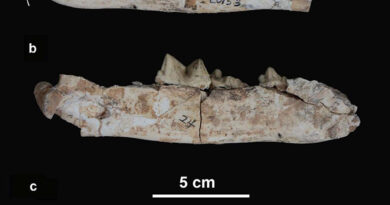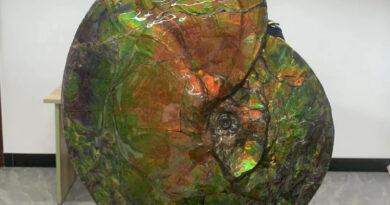Amphorae From 3rd And 4th Centuries BC Recovered From Sicilian Seabed
This is the moment the Italian police recovers amphorae dating to the 3rd and 4th centuries BC from the seabed off Sicily.
The discovery was made off the coast of the locality of Bue Marino on the island of Favignana in the Italian region of Sicily.
The team recovered four ancient amphorae: Three Italic clay amphorae dating to the 4th century BC and one Punic clay amphora dating to the 3rd century BC.
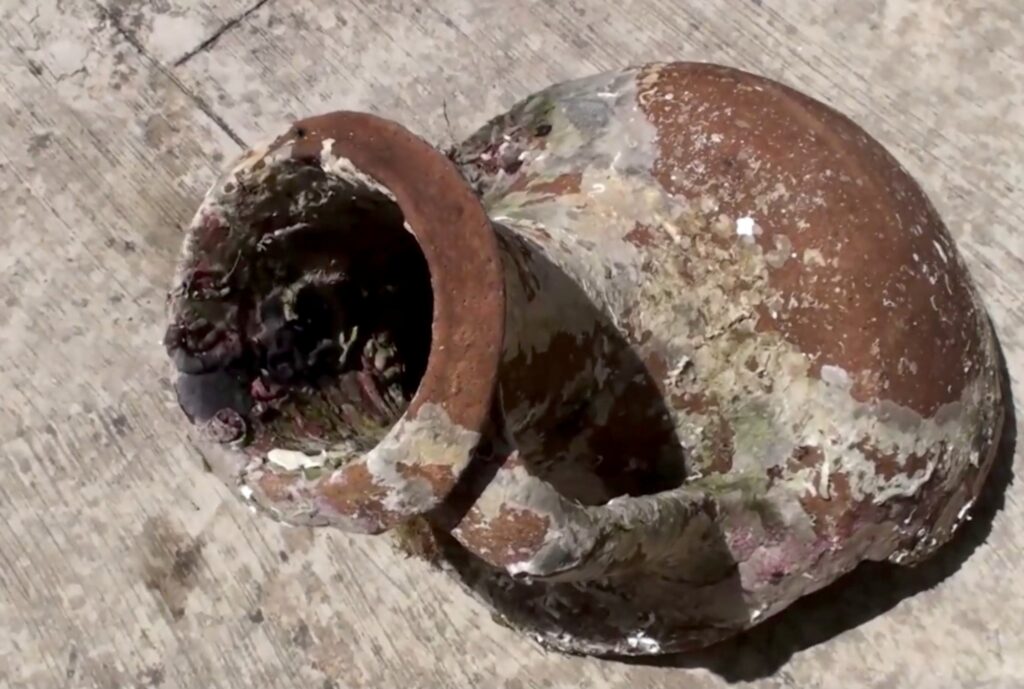
The team believes the amphorae probably ended up on the seabed off Favignana due to a shipwreck.
Archaeologists believe the area in which the amphorae were discovered was an important commercial sea route connecting a number of Mediterranean cities.
Footage of the mission shows how the partly intact amphorae are buried halfway in the shingles on the seabed.
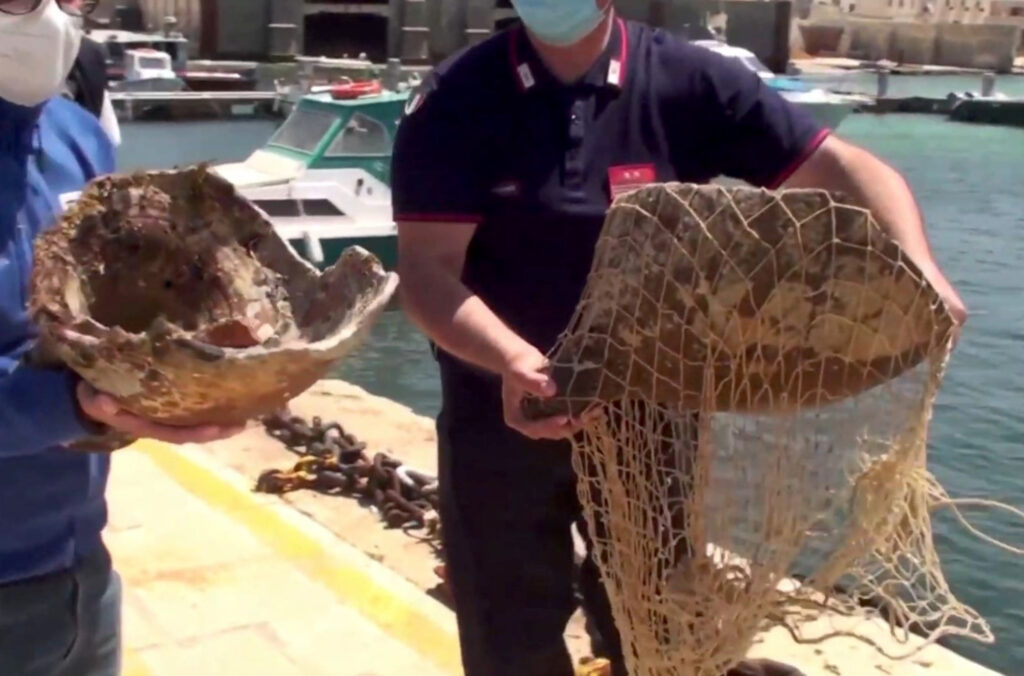
The recording shows how the diving team uses nets, ropes and winches to haul the artefacts up to sea level before being transported ashore and transferred to a desalination tank.
The mission was carried out by Carabinieri from the Unit for the Protection of Cultural Heritage of Palermo along with the Underwater Unit of Messina and the Superintendence of the Sea.
According to Superintendence of the Sea director Valeria Li Vigni, the department is preparing further archaeological explorations in the area along with the Unit for the Protection of Cultural Heritage and the Carabinieri Underwater Unit.
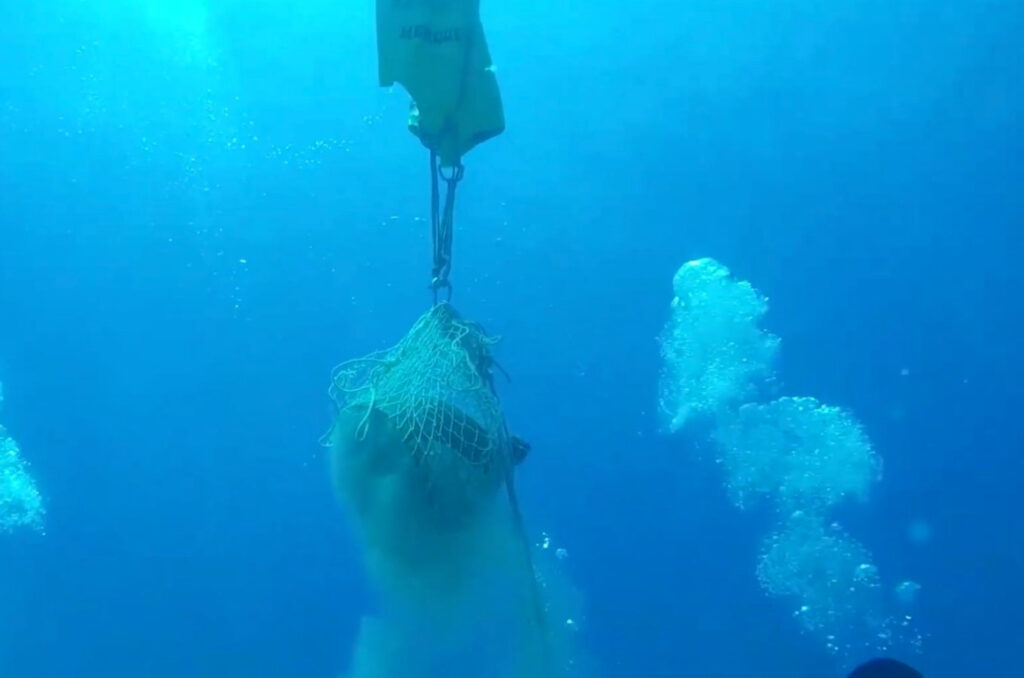
The amphorae are currently in the care of the Superintendence of the Sea and they may eventually go on display.

